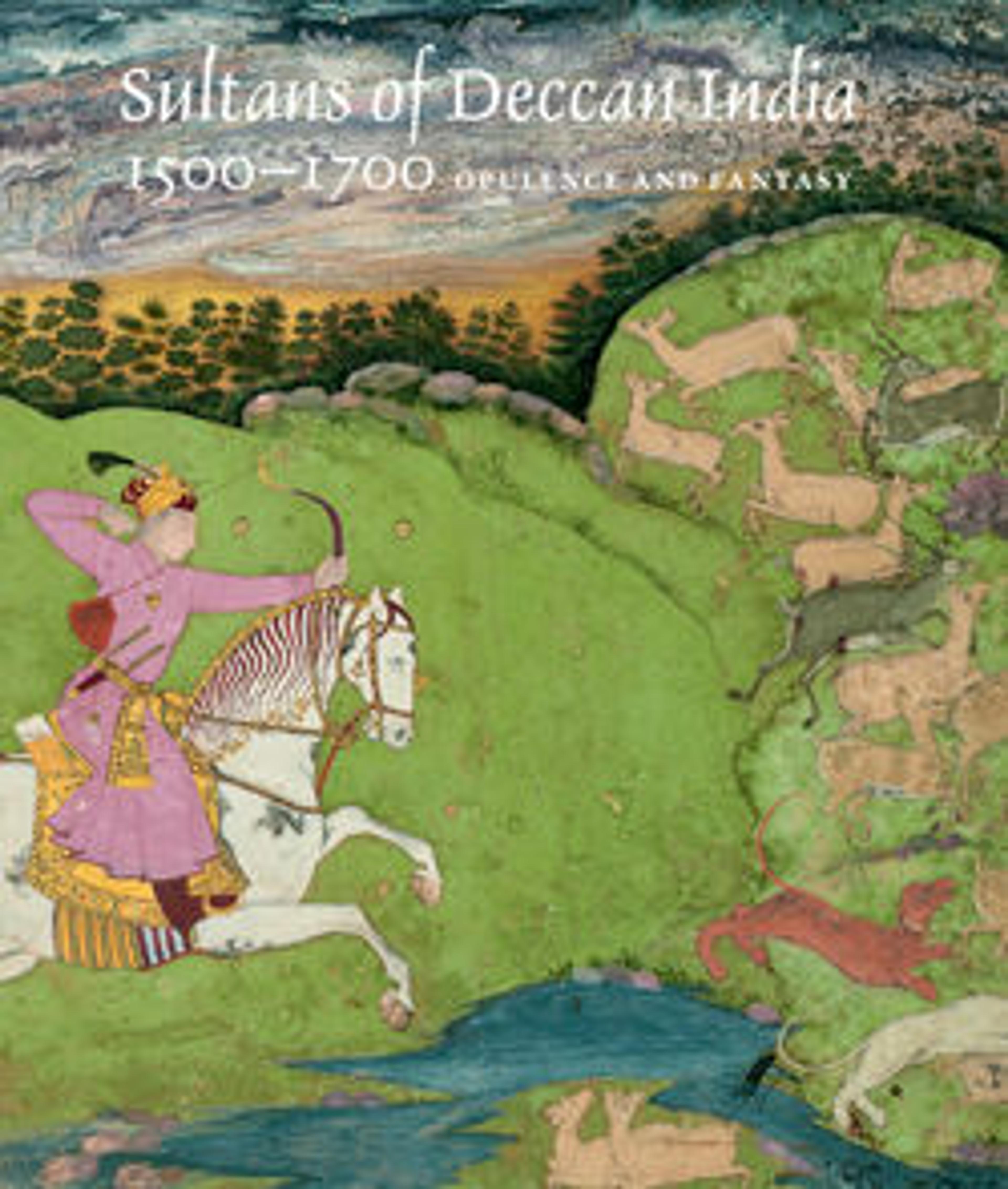Garden Fountain
Artwork Details
- Title: Garden Fountain
- Date: early 17th century
- Geography: Made in India, Deccan
- Medium: Brass; cast in sections, joined and engraved
- Dimensions: H. 38 7/16 in. (97.7 cm)
W. 26 5/8 in. (67.6 cm)
L. 36 11/16 in. (93.2 cm)
Wt. 223 lbs. (101.2 cm) - Classification: Metal
- Credit Line: Purchase, Lila Acheson Wallace Gift, 1997
- Object Number: 1997.150
- Curatorial Department: Islamic Art
Audio
6735. Garden Fountain
MARIKA SARDAR: This fountain comes from a garden in India, so it probably would've stood in the middle of a large pool and the spout you see at the bottom is actually where the water would've been fed into the fountain. Picture the water trickling down from the ring at the top rather than spouting up from it. …Metal work from the Deccan region of India is particularly distinctive because it combines ribbed forms and fantastic animal elements and just has a very strong architectural presence… We have a lot of palace architecture from the Deccan but one thing that we don't really have preserved are the gardens of the period that really were just as important a part of courtly life as the buildings themselves… We don't know so much in the Deccan what form they took, but there's a lot of poetry about gardens and the different types of plants and the scents and how this all played into the experience of the gardens.
Listen to more about this artwork
More Artwork
Research Resources
The Met provides unparalleled resources for research and welcomes an international community of students and scholars. The Met's Open Access API is where creators and researchers can connect to the The Met collection. Open Access data and public domain images are available for unrestricted commercial and noncommercial use without permission or fee.
To request images under copyright and other restrictions, please use this Image Request form.
Feedback
We continue to research and examine historical and cultural context for objects in The Met collection. If you have comments or questions about this object record, please contact us using the form below. The Museum looks forward to receiving your comments.
